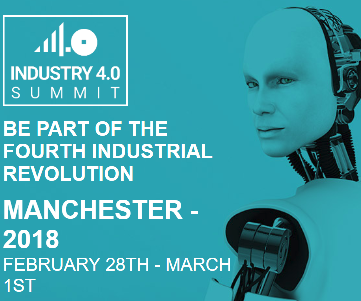There are a lot of ways of doing sensing that mostly include development boards, wires and soldering. Even if you use prototyping or breadboards, your final solution is rarely ready for real use or production without then creating a custom electronics solution.
Sensor beacons provide for IoT sensing where all of the developed solution can be in software. The beacons send data via Bluetooth preventing the need for wires and soldering, even in production solutions. All you need is the receiving software in an app, laptop, desktop or other computer where you can receive data and if necessary send it on to servers.
What’s more, the use of low power Bluetooth allows you to place the sensors in locations where there’s no mains power. Batteries in the beacons can last 5 years or more depending on the sensor sampling frequency.
Read more:
Beacon Proximity and Sensing for the Internet of Things (IoT)
